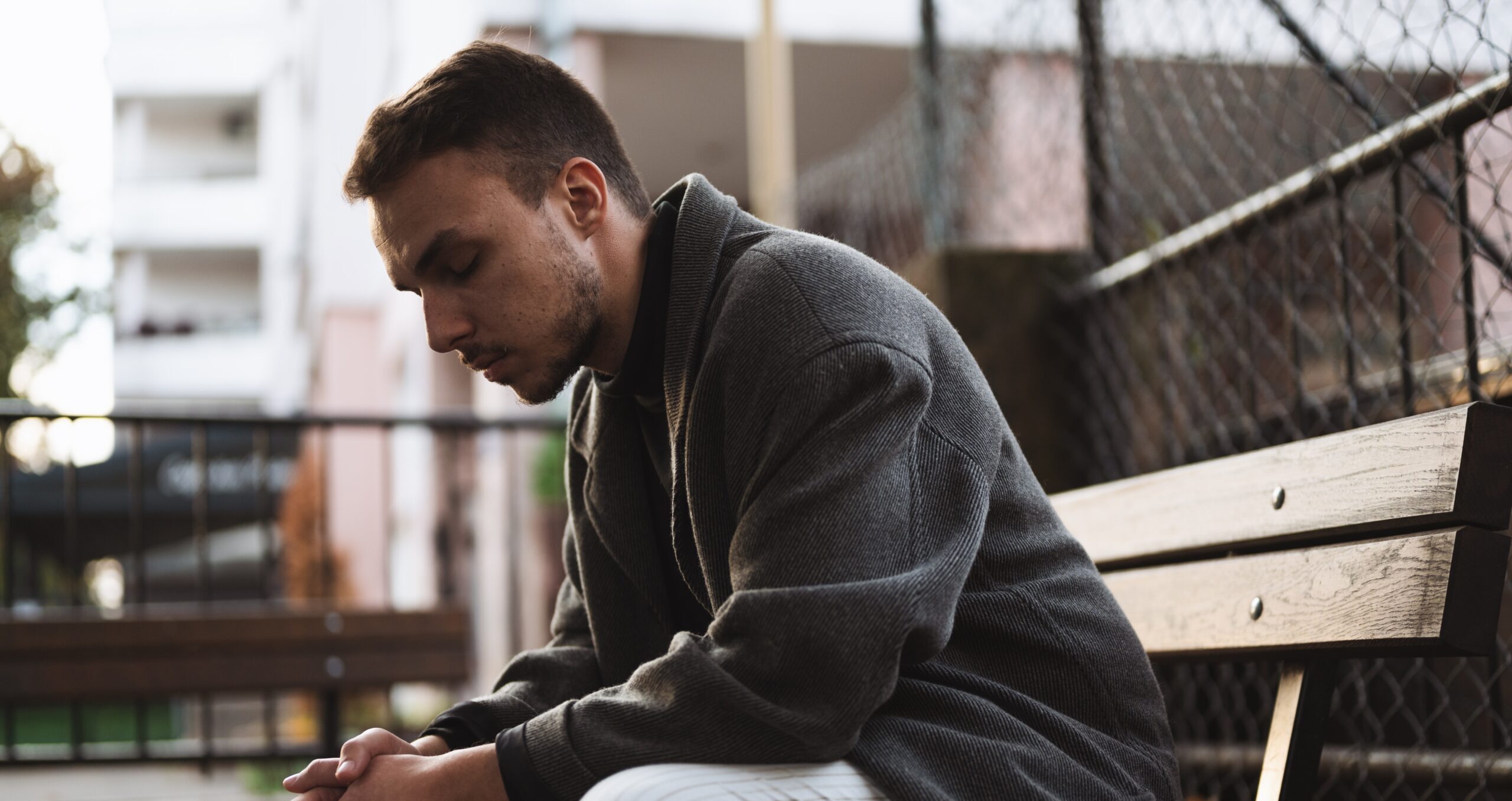Governments Can’t Cure Homelessness — Christians are the Solution

The New York Times spotlighted the complications and ravages of homelessness in Oregon and California last week in two fitting illustrations of a larger national trend: Governments at all levels have spent billions of dollars to try and compassionately alleviate homelessness, but it’s still on the rise.
Often, the policies that seem most humane and considerate have the worst unintended consequences.
After years of heavy spending, citizens — particularly Christians — should consider what types of government aid are most effective at tackling homelessness, and whether seemingly compassionate policies administered by the wrong people can do more harm than good.
Experts generally agree a combination of mental illness, drug addiction and lack of affordable housing cause homelessness. Governments across the nation are facing pressure to address these problems at the same time, without violating the rights of homeless people, homeowners and businesses.
It’s a tall order.
Oregon’s government aspired to tackle drug addiction by making personal possession of illegal drugs — including meth and fentanyl — punishable by a $100 dollar fine, which can be waived if the person consents to drug screening and a health evaluation.
The policy aims to treat addiction like a “public health emergency” and save prosecution for drug dealers. This is a classic example of harm reduction policy, which The National Health Care for the Homeless Council describes as, “Working with people without judgement, coercion, discrimination or requiring that they stop using drugs as a precondition of support.”
Instead of reducing drug use, overdose deaths and emergency room visits in Oregon increased after the law went into effect. Open-air drug markets appeared in major cities like Portland within months, The New York Times reports, and some citizens are now under the impression that drugs are legal, according to a Portland police officer.
“Portland is a homeless drug addict’s slice of paradise,” one homeless person opined to the Times, explaining that drugs are cheap and available, and no one has to worry about getting arrested.
Between 2020 — when the law passed — and 2022, homelessness in Oregon increased by 22.5%.
California is one of many states pumping up their low-rent, government subsidized housing to alleviate homelessness. The state’s homelessness czar Jason Elliot has established more than 13,000 new permanent housing units in old motels and high-rise buildings, but tells CNN they need 2.5 million more.
Some say the building frenzy is inspired by a lack of affordable housing, but states have many incentives to build new housing units.
In 2018, the 9th Circuit Court ruled that preventing homeless people from camping on public land when no shelter beds are available constitutes cruel and unusual punishment. This precedent makes it legally dicey for states to break up homeless encampments without enough subsidized housing to serve their entire unhoused population — so they’re building housing.
Perhaps most importantly, advocacy groups and law makers have led states to adopt Housing First policies, which argue that adequate housing is the cornerstone of all homelessness alleviation. Housing First policies require more housing because they don’t support restrictions or preconditions like sobriety.
Housing without preconditions seems to be helping some homeless populations, according to the Department of Housing and Urban Development (HUD): Between 2020 and 2022, the national population of homeless families with children, unaccompanied youth and veterans fell 6.1%, 12%, and 11.1%, respectively and the population of homeless individuals went up only 3.1%.
However, the population of chronically homeless — people with physical disabilities or debilitating mental illness and substance abuse issues who have been homeless for at least one year continuously or at least one year over four separate occasions in the last three years — went up 15.6% in the same time-period. The HUD estimates 1/3 of the nation’s homeless population are now chronically homeless.
Proponents of Housing First policies argue long-term housing with built in assistance programs (permanent supportive housing) solves chronic homelessness. But HUD data shows the national number of permanent supportive housing beds have gone steadily up since measurements began — a 105.3% increase between 2007 and 2022.
That means America simultaneously had the most permanent supportive housing and chronically homeless individuals ever reported in 2022.
Even when governments have enough housing, getting people to move in can be challenging. Homeless encampments, which can include hundreds of people, expose everyone in close proximity to violence, disease, and environmental hazards like fire, so moving camp residents into affordable housing seems like a compassionate service.
Not everyone agrees. A resident of a large encampment broken up in Oakland told the Times he did not want to leave his home. Other residents described losing a sense of “physical and emotional security” after moving into state housing.
Advocacy groups also raise ethical questions about breaking up homeless camps. When the Arizona government tried to remove a 1,000 person encampment in Pheonix, the ACLU argued the camp residents’ right to protection against unlawful search and seizure were being violated.
The data shows that governments’ compassionate interventions to treat homelessness with subsidized housing and liberal enforcement on drug possession and camping on public land are not reaching the most intractable homeless population. In fact, more people are chronically homeless than ever.
The problem is inherent to governments’ structure. Large organizations are great for implementing large-scale, one-size-fits all solutions — like building millions of affordable houses or decriminalizing minor drug possessions. Homelessness, however, looks different for every person experiencing it. For every person subsidized housing takes off the street, there’s another who’s mental illness or drug addiction prevents them from seeking help.
Compassion and care for the homeless requires personalized treatment and support. We also know relationships and community are indispensable in getting people off the streets for good. This aid is best administered by individuals and organizations who can form relationships with the people they’re serving.
Christians are, and have long-been, particularly suited to this work because we understand homeless people are precious creations of God. The patience and love imbued in us by the Holy Spirit allows us to work closely with some of the people most burdened by mental health problems and addiction.
Governments, for all their resources, will never be able to meet each homeless person’s individual needs because they are tasked with protecting the interests of all their citizens.
That’s not to say that governments shouldn’t participate in homeless care. Partnering with local organizations is a great way for large entities like governments to ensure their vast resources — including housing and healthcare programs — are administered most effectively.
Governments are also equipped (and constitutionally bound) to protect their citizens — including homeless people. To that end, drug and public camping laws should be rigorously enforced for everyone’s protection.
Homeless care requires an element of individual, compassionate care that governments can’t adequately provide. Let’s divert our resources and support to the organizations and individuals who can.
For more information on ways you can get involved — and what constitutes true compassion for the homeless — check back for Part 2.
Additional Resources:
The Vicious Truth About Drug Addiction and Alcoholism
The Opioid Epidemic — Think Your Family Is Immune?
How Mental Illness Impacts Families
ABOUT THE AUTHOR

Emily Washburn is a staff reporter for the Daily Citizen at Focus on the Family and regularly writes stories about politics and noteworthy people. She previously served as a staff reporter for Forbes Magazine, editorial assistant, and contributor for Discourse Magazine and Editor-in-Chief of the newspaper at Westmont College, where she studied communications and political science. Emily has never visited a beach she hasn’t swam at, and is happiest reading a book somewhere tropical.
Related Posts

You Don’t Need ChatGPT to Raise a Child. You Need a Mom and Dad.
December 11, 2025

Parents Should Dread Netflix’s Purchase of Warner Brothers
December 11, 2025

Nick Fuentes’ Feminism for Men
December 11, 2025

Correcting the White House: God Became Man at Conception, Not Birth
December 10, 2025
